大同古城东南邑历史文化街区景观修复
象界设计机构
项目概述
大同古城东南邑是对古城改造的一次全新探索。设计在保留基地文脉根源与场地记忆的同时注重更加多元化的使用场景。为古老的街区引入111棵大树,这是一个创意性举动。同时,市井的文化沉淀与今天的生活方式在这里发生探索性的联系。更新完后的街区为当地居民和游客带来了崭新的历史文化体验和高品质的业态场景应用。在各方团队的密切合作下,项目得以实现这些愿景。
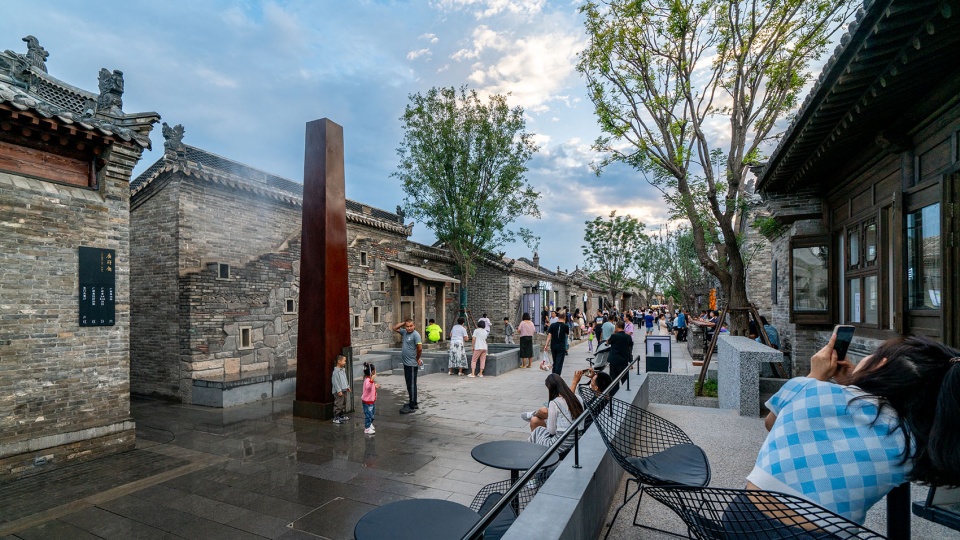

项目说明
场地背景
大同是著名的历史文化名城,早在作为北魏拓跋氏的都城的时候,就已经修筑有规模宏大的城池。曾作为北魏时期的首都,为中国九大古都之一。“四大街、八小巷,七十二条绵绵巷”的棋盘式里坊格局是大同古城标志性的风格特色。现存大同城墙为明洪武五年(公元 1372 年),大将军徐达奉命依辽、金、元旧城基础增筑新城,略呈方形,东西长 1.8 公里,南北长 1.82 公里,周长 7.24 公里,占地 3.28 平方公里。2008年,大同市全面实施了历史文化复兴与古城保护工程,大同古城墙得以再度修复,东城墙、南城墙依明代大同城规制修复完毕,并对游客开放。本案位于古城东南角,北邻和阳街,南邻仓门街,西邻李怀角街,东邻东门大巷。
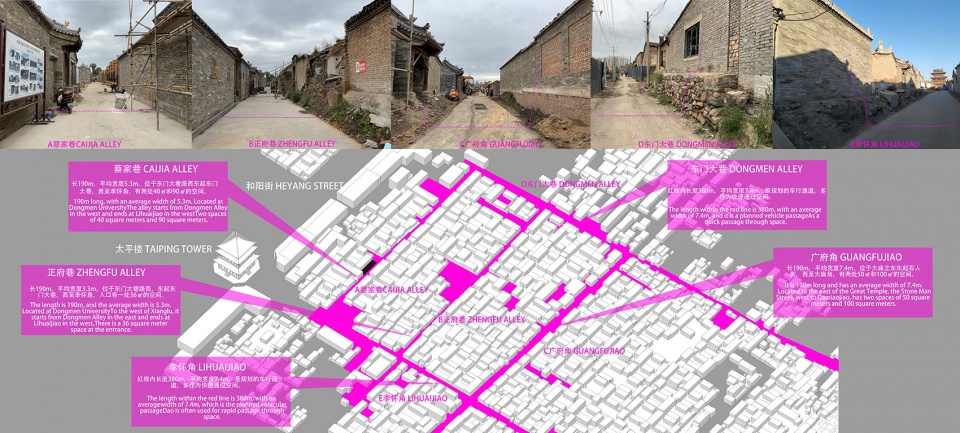
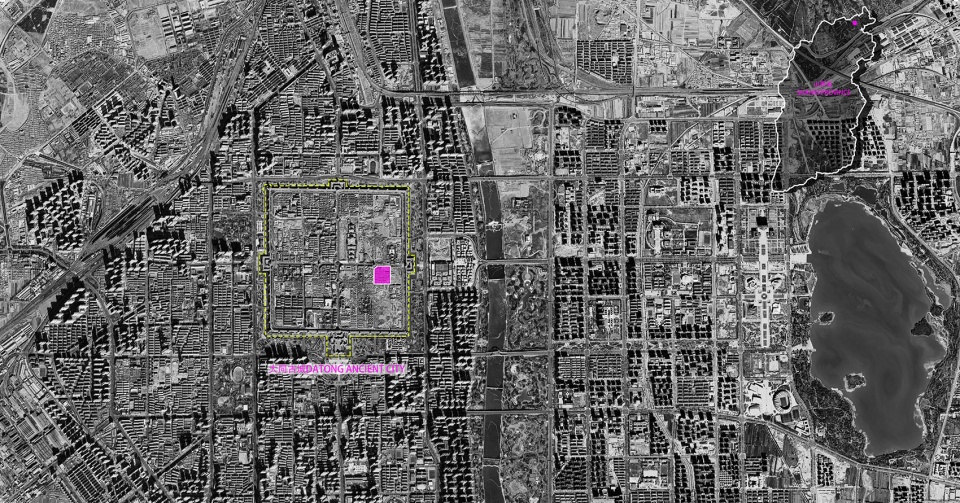
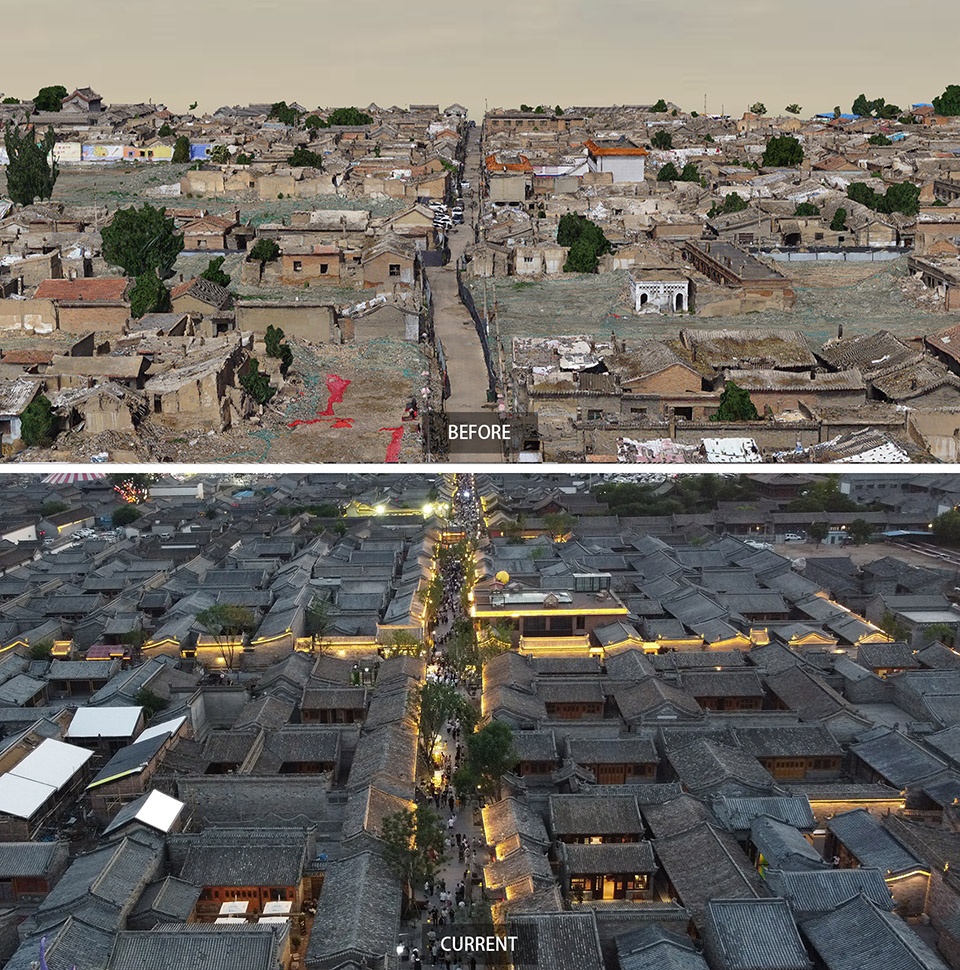
设计挑战
挖掘出纯正的历史文化内核,并与现代生活方式相融合,是这次设计的挑战,也激发出团队敏锐的觉知和历史责任感——让古老的街区活过来。如何让古城重新生机勃勃,人群络绎不绝?从城市保护与更新入手,站在传统的河流里顺接自然而然的现代生活方式,才能复活历史街区悠久的文化生活。项目初始需要慎重看待保留与改变的关系,在进行系统性的思考后,我们希望从流线系统,风貌修复系统,文化节点系统,自然系统四个方便解决这一复杂问题。
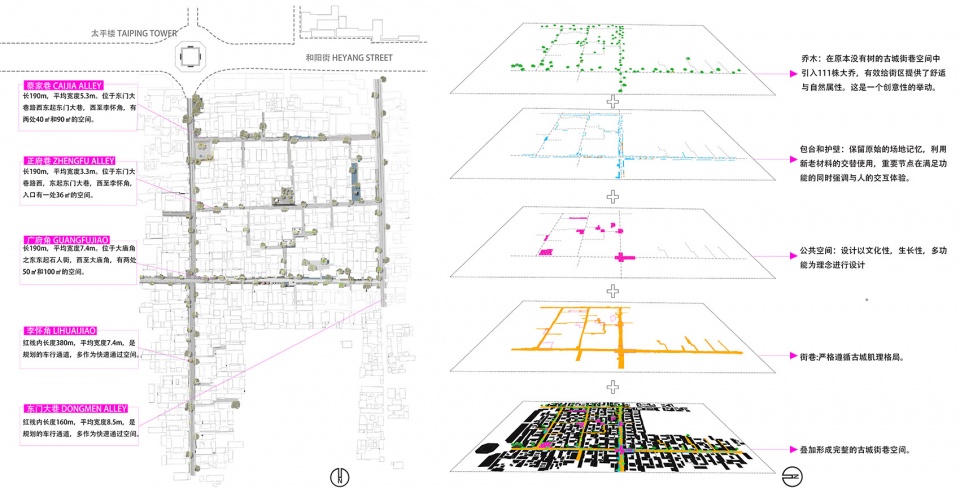

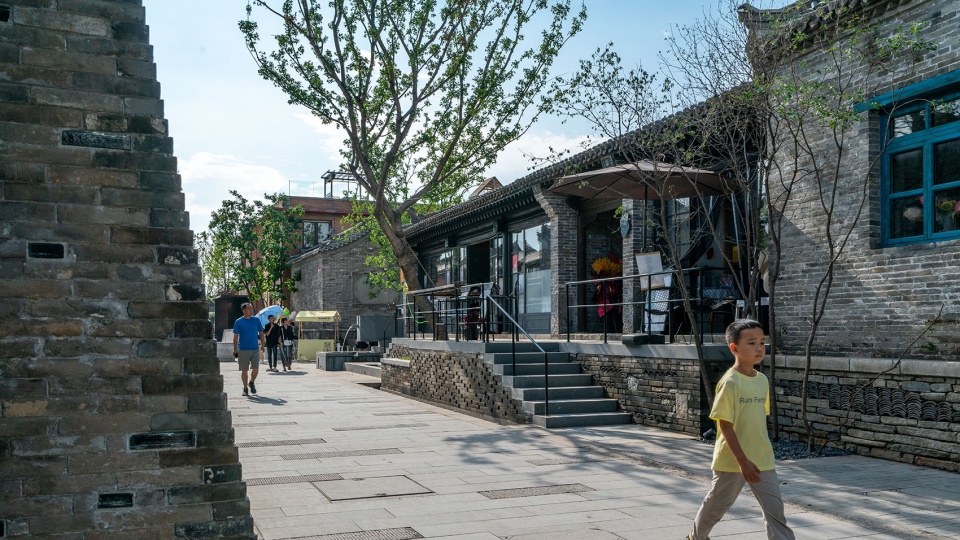
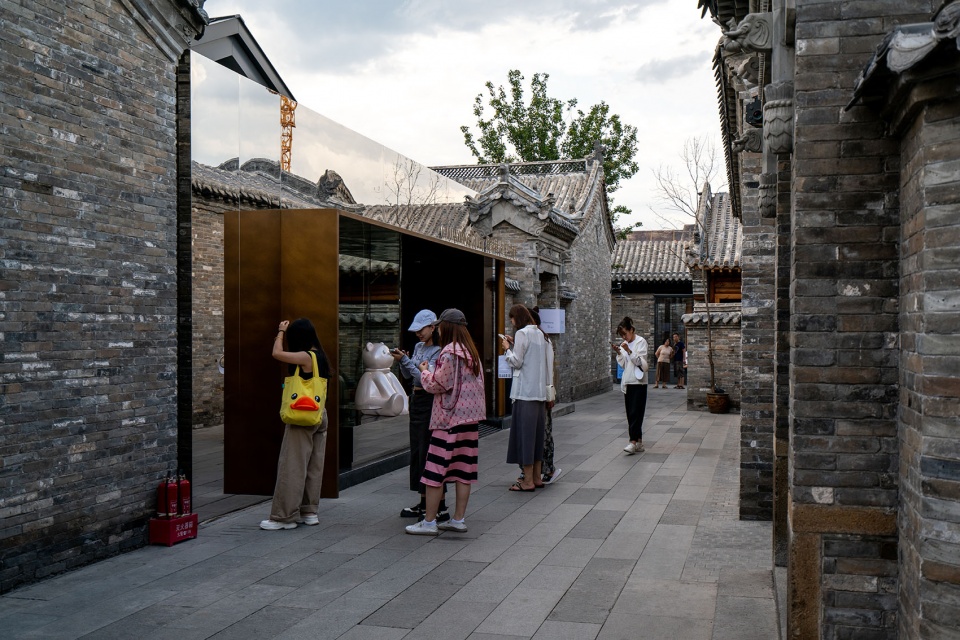
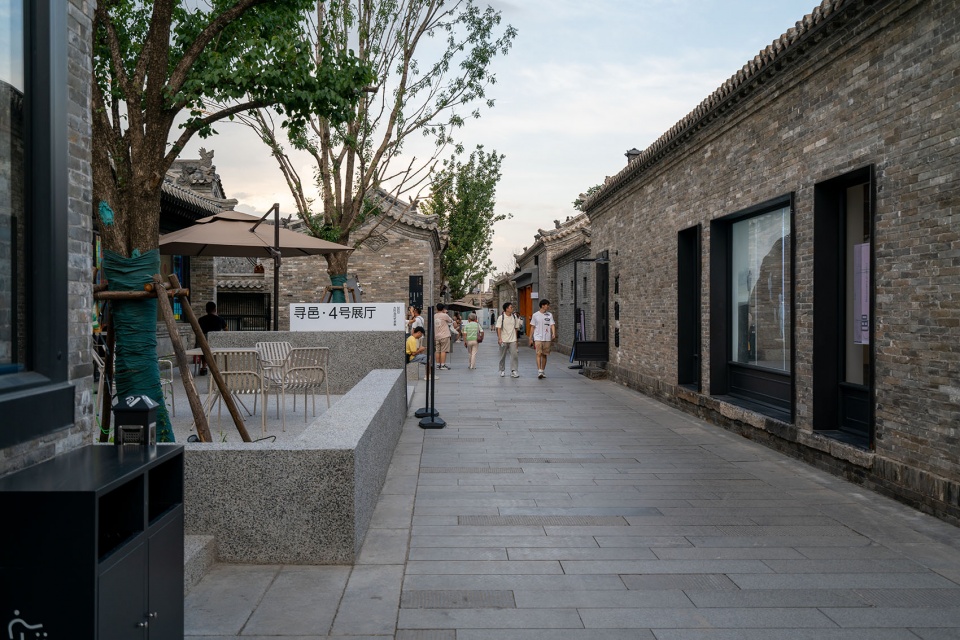
街区的灵魂
厚重的文化沉淀及市井生活氛围是这片街区的灵魂,而残存文物与历史建筑,老包台,电线杆,高音喇叭及老物料可以很好地预的过去。设计希望引导人们对街区文化的保护与尊重。大同传统民居是大同古城的文化载体,是古城传统生活的写照,保护大同历史街区, 体验原汁原味的⼤同古城⽂化体验。基于文化传承、城市功能提升、居民需求的升级,为广府角历史街区赋予居住、商业配套,重新焕发活力。打造宜居宜业宜游生活片区。体现大同历史文化名城特色与人文特色的。
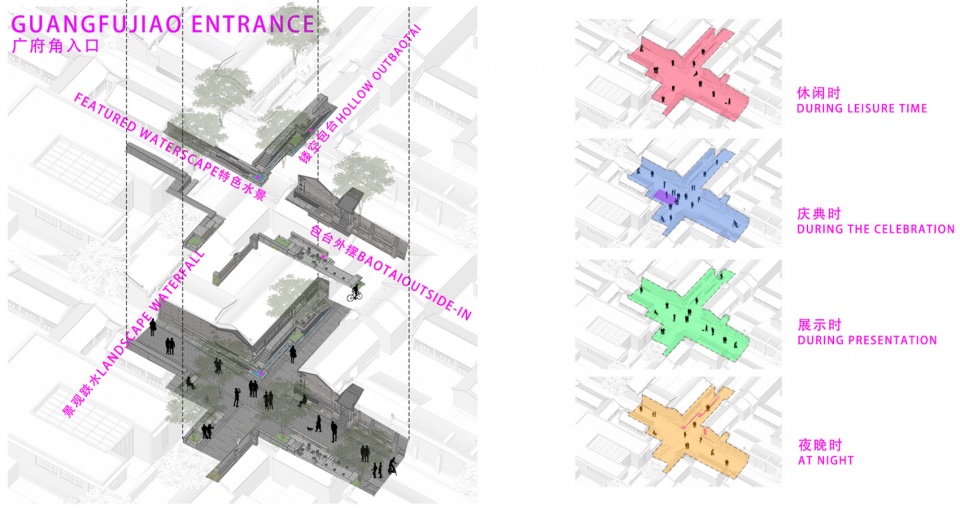
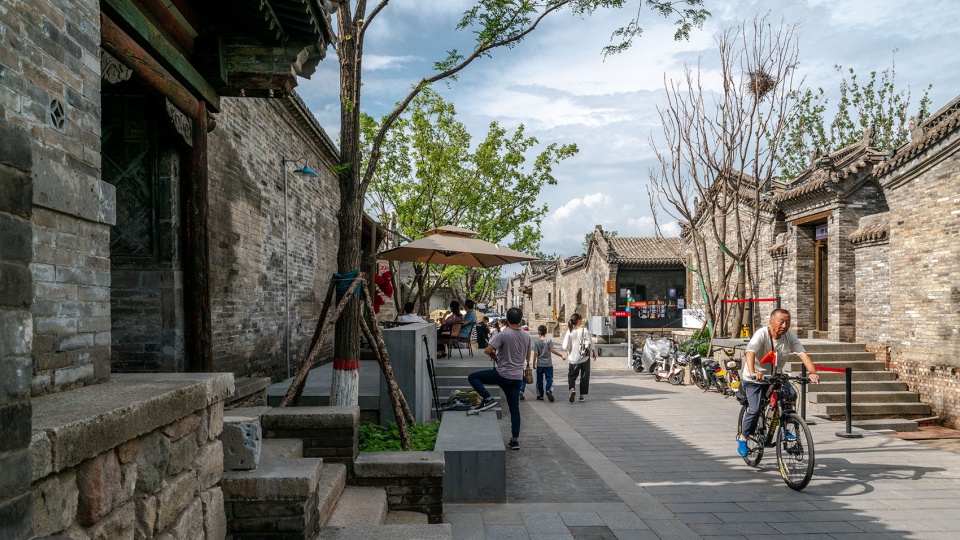


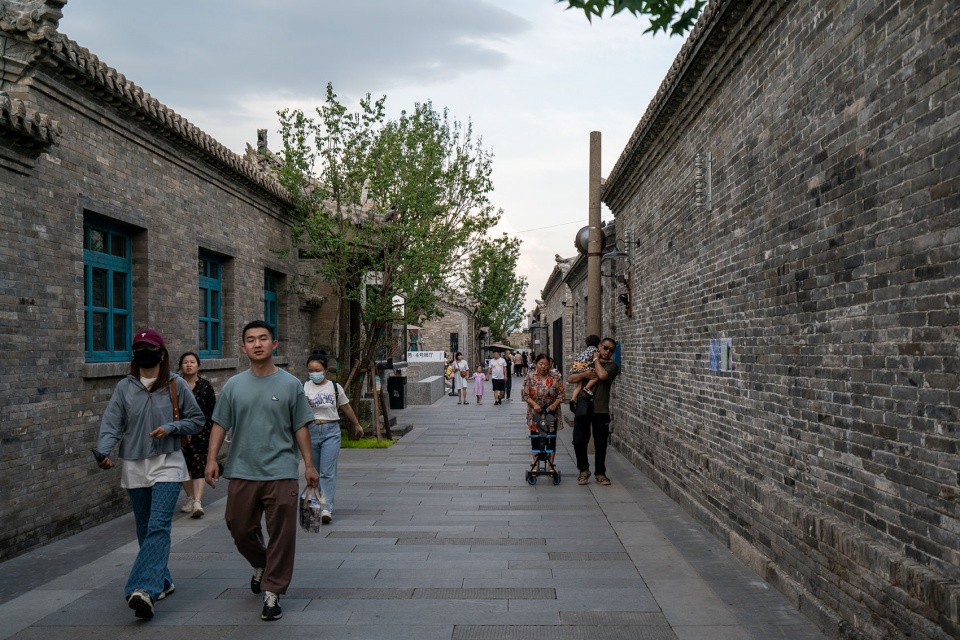
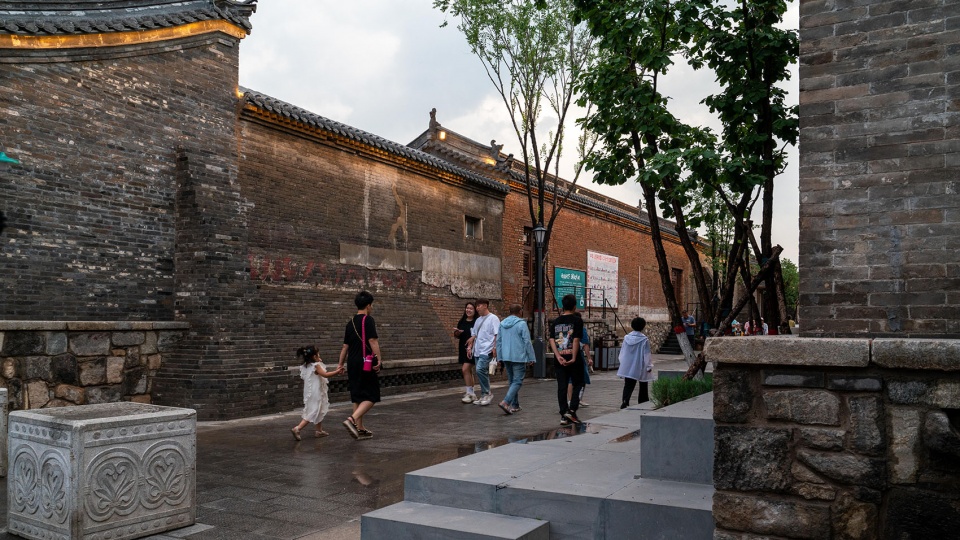
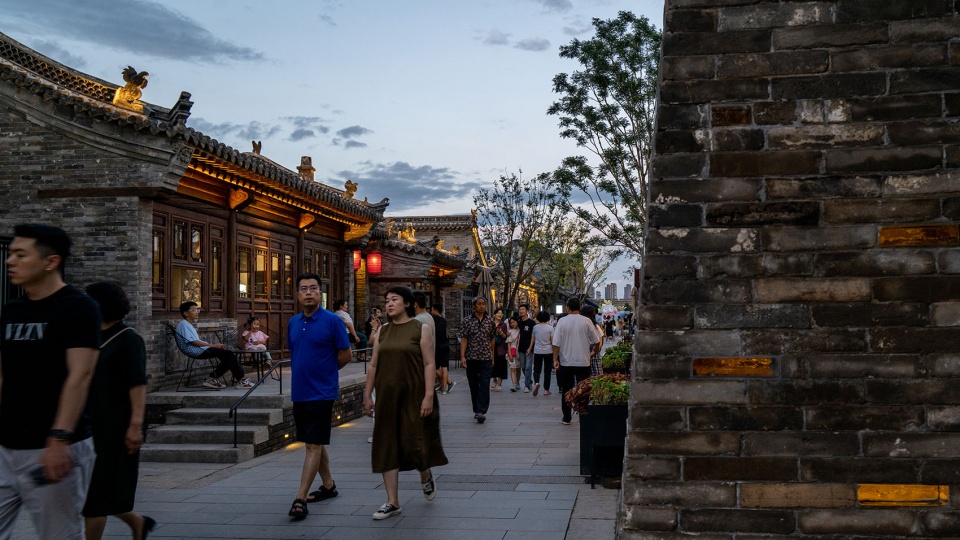
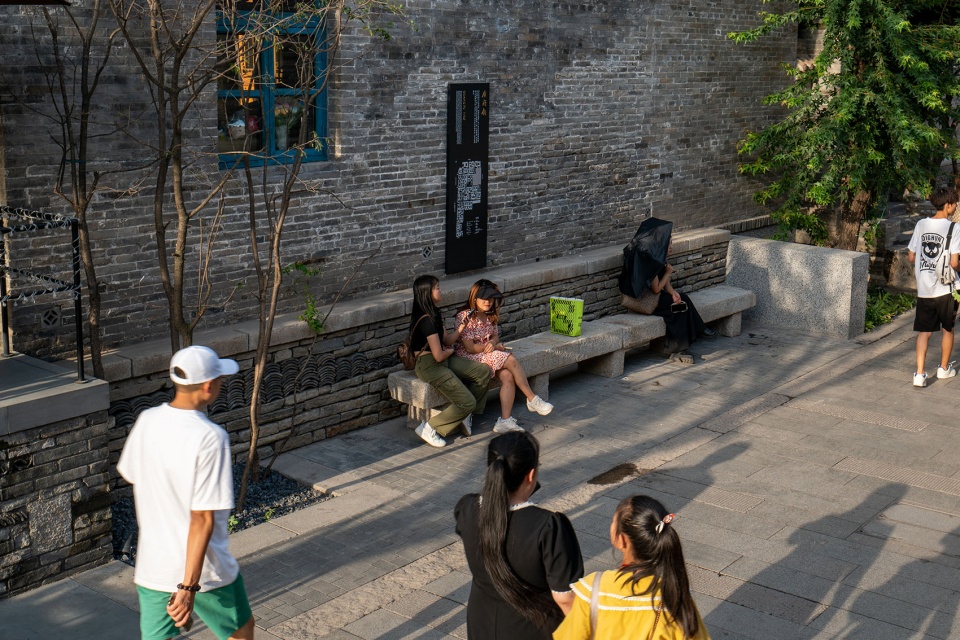
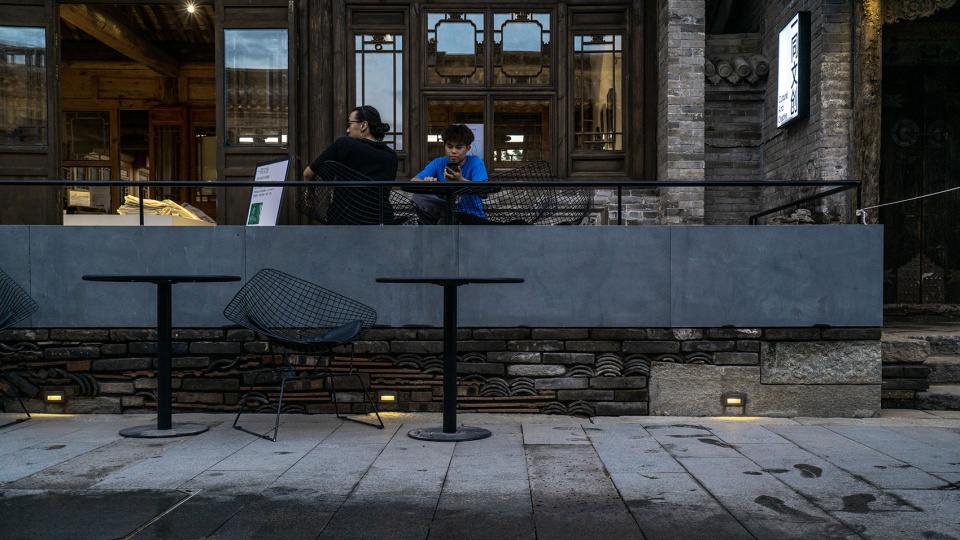
The profound cultural heritage and the atmosphere of everyday life form the soul of this district. Remaining relics and historical buildings, such as old platforms, utility poles, street speakers, and antique materials, vividly evoke the past. The design seeks to guide the protection and respect for the cultural identity of the district. Traditional folk houses in Datong serve as carriers of its cultural heritage, reflecting the traditional way of life in the ancient city. The project aims to enhance the historical and cultural experience of Datong by preserving its historic streets and revitalizing the historical district, creating a livable, commercial, and vibrant area that embodies the distinctive characteristics of Datong’s history and culture.
多功能系统
历史街区的场地与建筑关系非常复杂,再加上原街巷空间废弃严重,所以如何控制好整体街区的风貌和融入新功能的空间是一大难题。老包台是整个街区的最重要的文化特征,现场破坏严重。我们把包台分为两大类别,功能性与重构类。
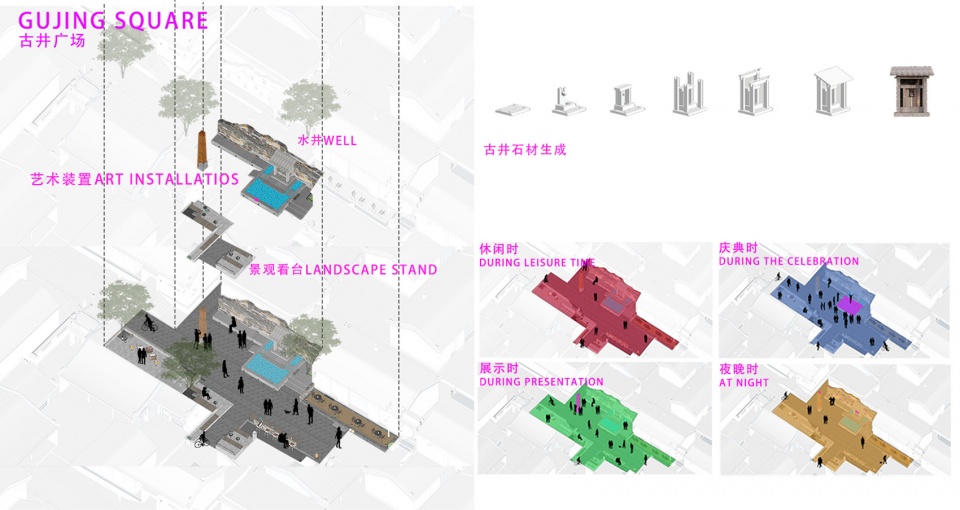
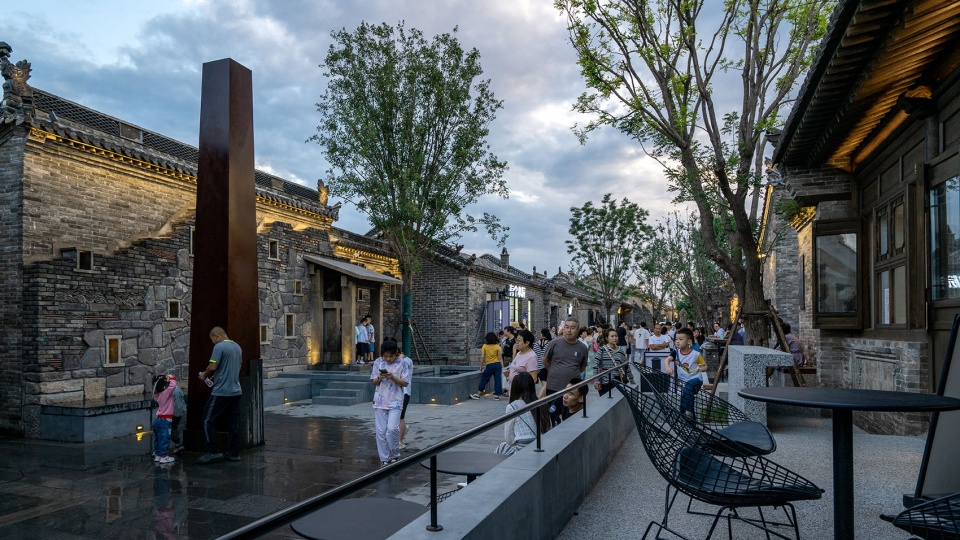

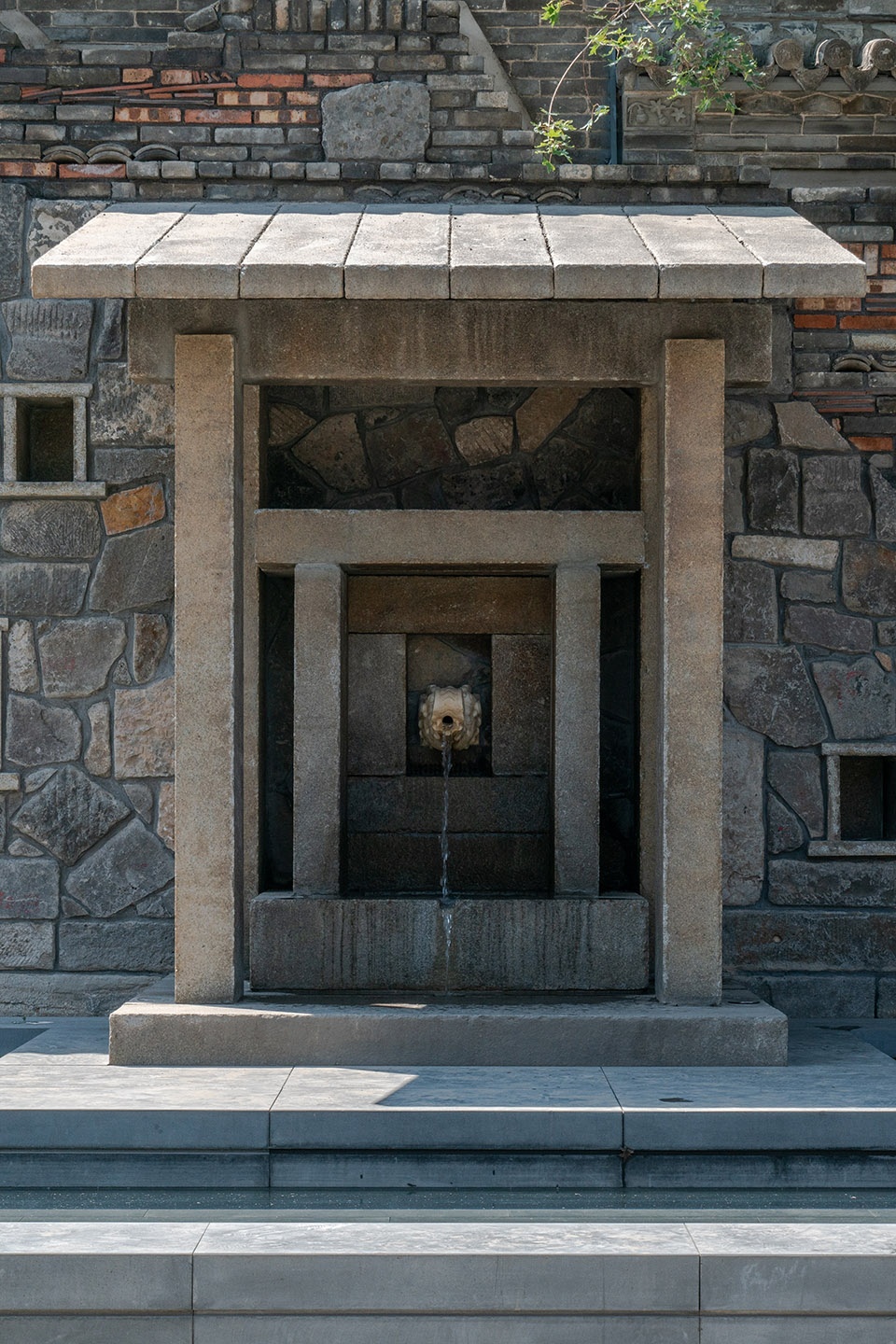
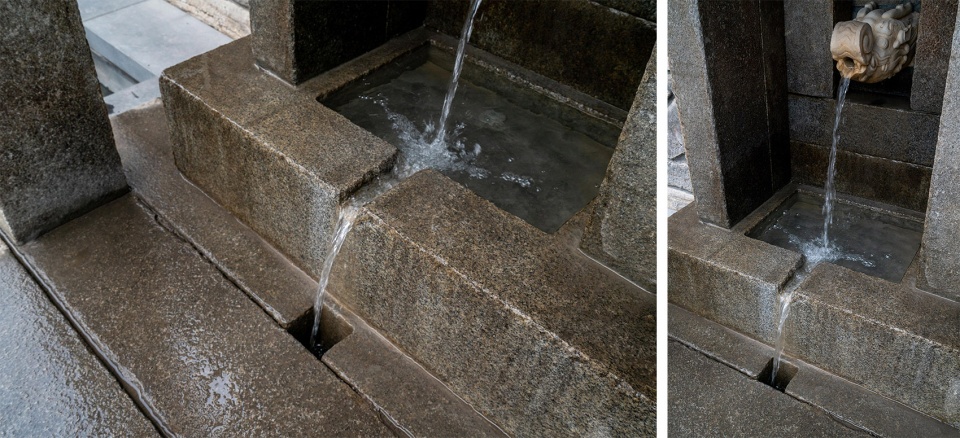
The relationship between the site and its buildings in the historical district is complex, and the abandoned spaces in the original streets and alleys further complicate the task of maintaining the overall appearance while integrating new functions. The old platforms are a crucial cultural feature of the entire district but were severely damaged. The platforms were categorized into functional and reconstructive types.
功能性包台,我们通个历史文献与老照片整合8类形式,并根据现场残留的老材料进行重新组合,并加入雨水管理系统与照明设施的布置考虑,建筑与建筑之间由于修建与使用的时间不一样,我们也会选择他的区别性。很好的完成了对危房提供有效的防护与支撑。
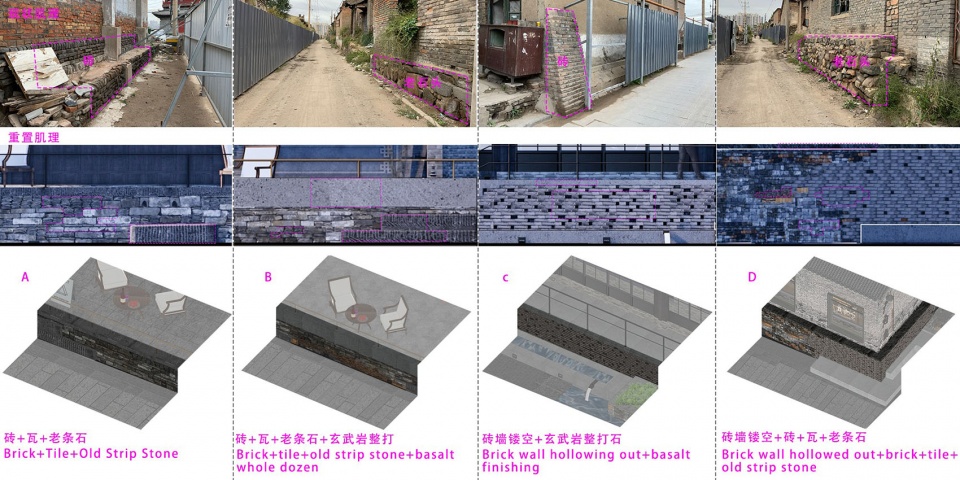
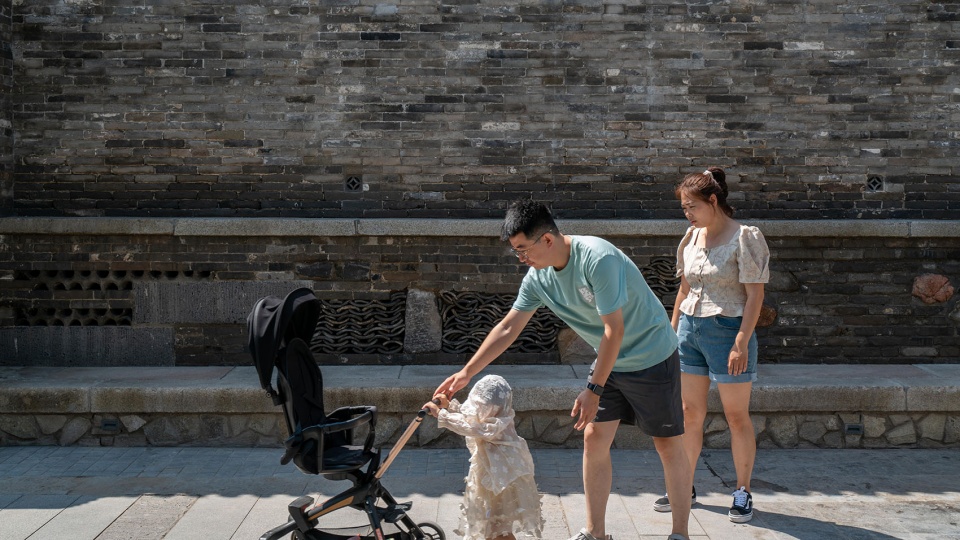
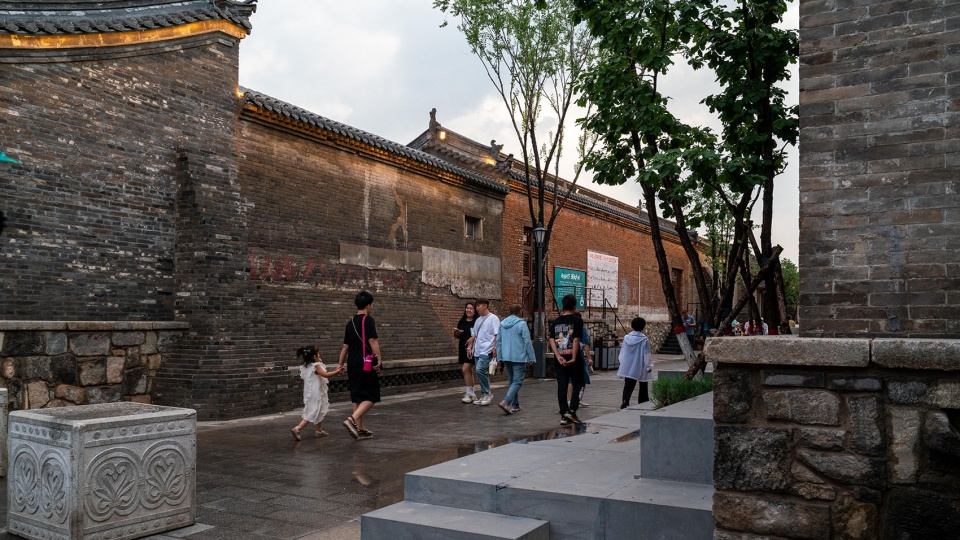
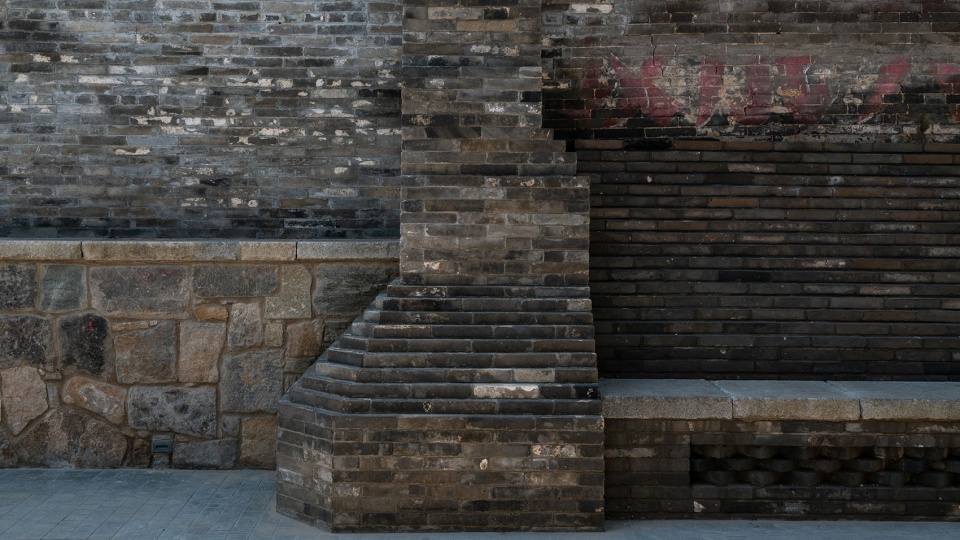

Functional platforms involved integrating eight forms based on historical documents and old photographs, and combining them with the remnants of old materials found on-site. Consideration was given to rainwater management systems and lighting fixtures. Architectural differences were emphasized based on the varying construction and usage periods of different buildings. This approach effectively protected and supported vulnerable structures.
重构类包台,可以称之为带有交互性设计的包台类别,组合会考虑光影的关系,打破原有平板的模式,引入光影,艺术灯光被植入,还引入玻璃砖等材料,构成了很好的艺术效果。护栏系统,在满足人性化的基础上我们严格控制他与文化建筑的关系,强调更少的视线阻隔,与文化建筑的色彩对应关系。


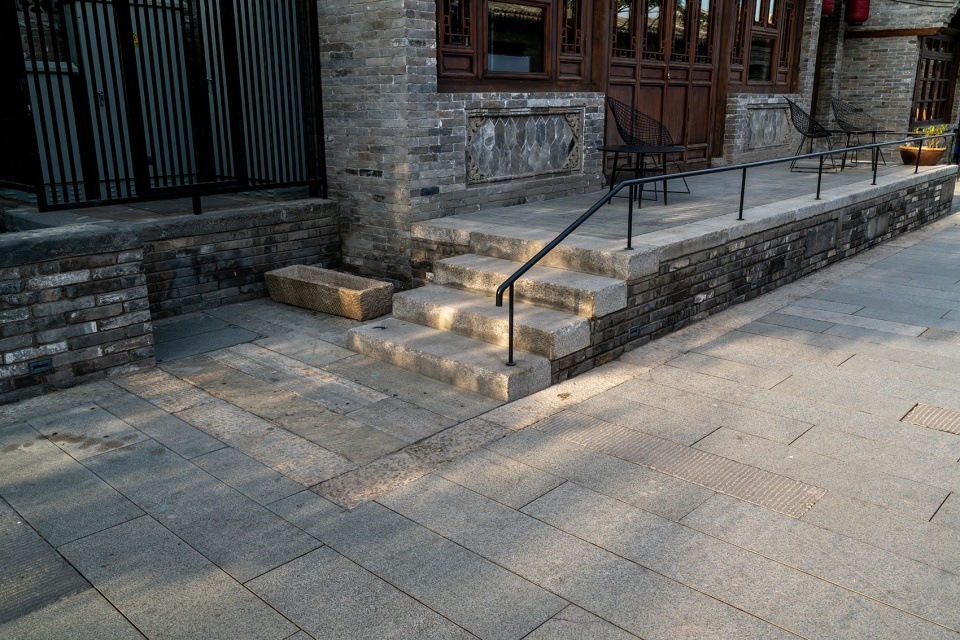
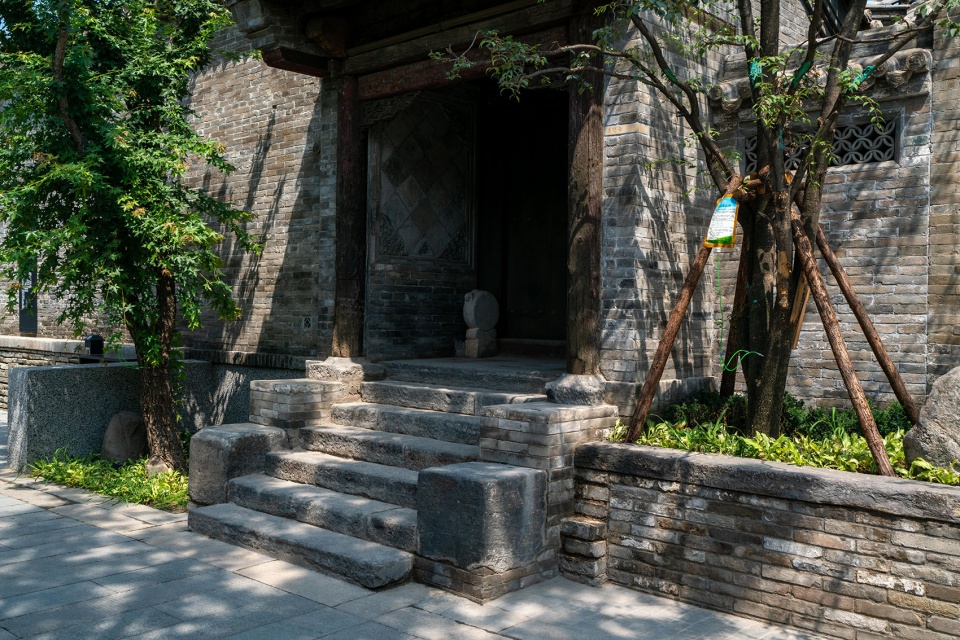
Reconstructive platforms introduced interactive designs, breaking away from flat patterns and incorporating light and shadow relationships. Artistic lighting and materials like glass bricks were integrated to create visually appealing effects. The railing system, while being human-centric, carefully considered its relationship with cultural buildings, minimizing visual barriers and coordinating with the colors of the cultural structures.
弹性共享空间与生长性的街区
公共空间尤其宝贵,是市民聚会休闲的重要场所。在注入当代艺术的活力,又保留住空间的弹性,留白放空,让更多可能性的活动自动生发出来,使空间不断生长。我们往整个街区引入了111棵大乔木,这是一个创意性举动,不仅给古城的街巷带来绿色自然,还提供了空间的舒适性与休闲感。我们又收集保留了许多街区拆除的老旧材料,包括条石、青砖、瓦片、石槽等。这些材料在设计中被重新利用,例如把建筑闲置的排水口利用,形成景观活力水景,用条石恢复搭建原古城考证后的老水井,将石块与瓦片重新组合包台墙。不仅是旧物新用,新的材料也被融合进古城的肌理之中,设计师十分克制的选用了一些当地的石材、水洗石、钢材、玻璃砖等材料,用创新的手法与旧的材料进行搭配。新生的事物需要在老旧的根基上调整改变才能更稳步地前进,这些营造方式尊重着古城的历史,也融入了今天的生活。
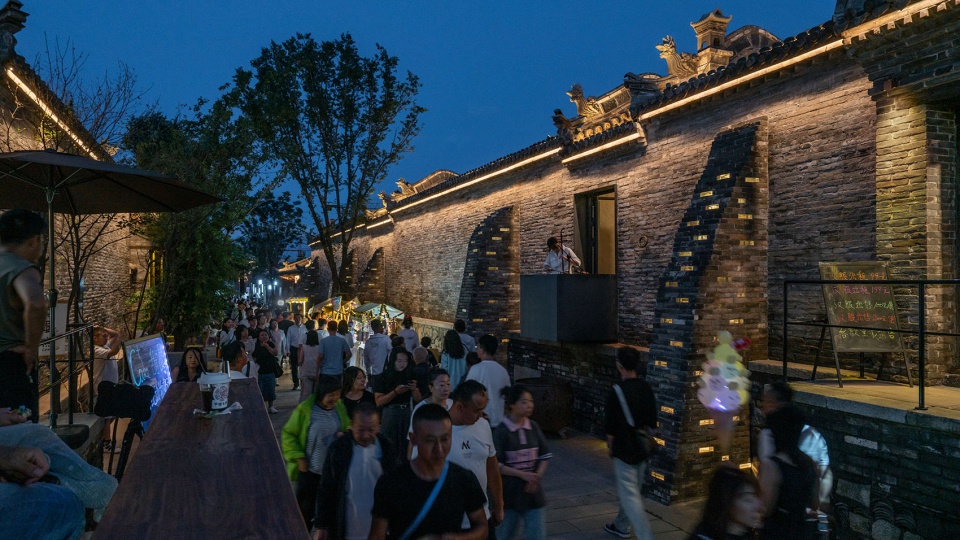
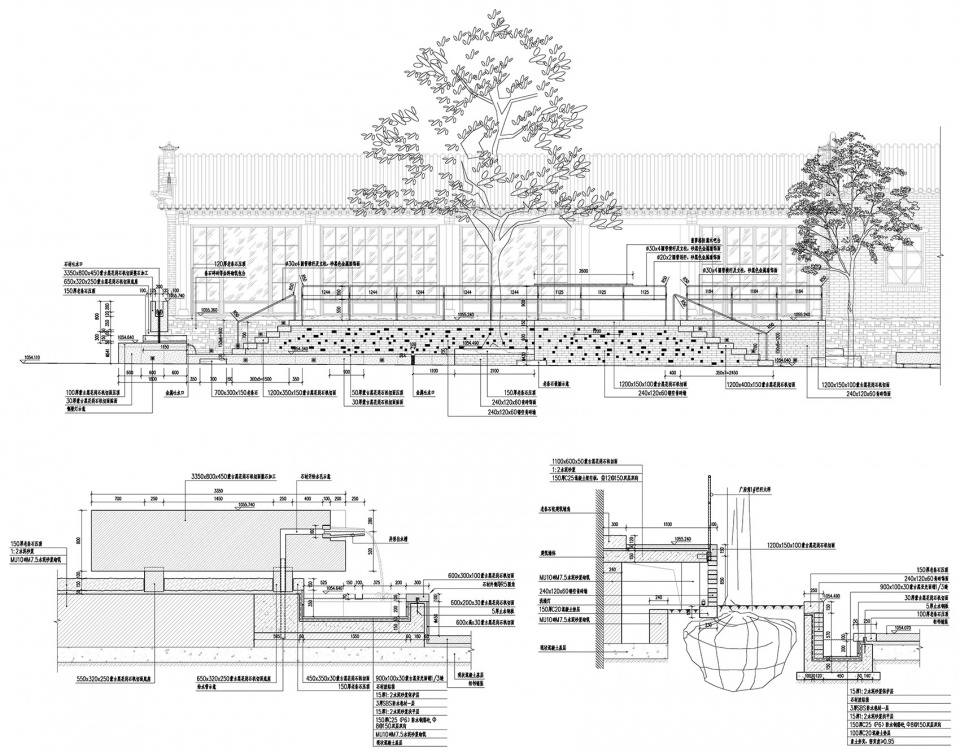
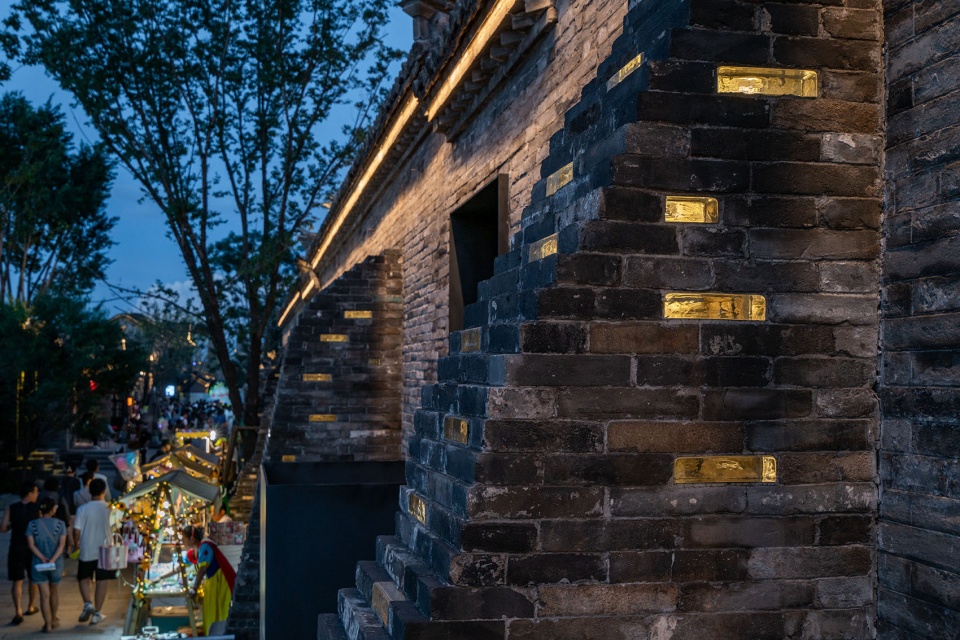
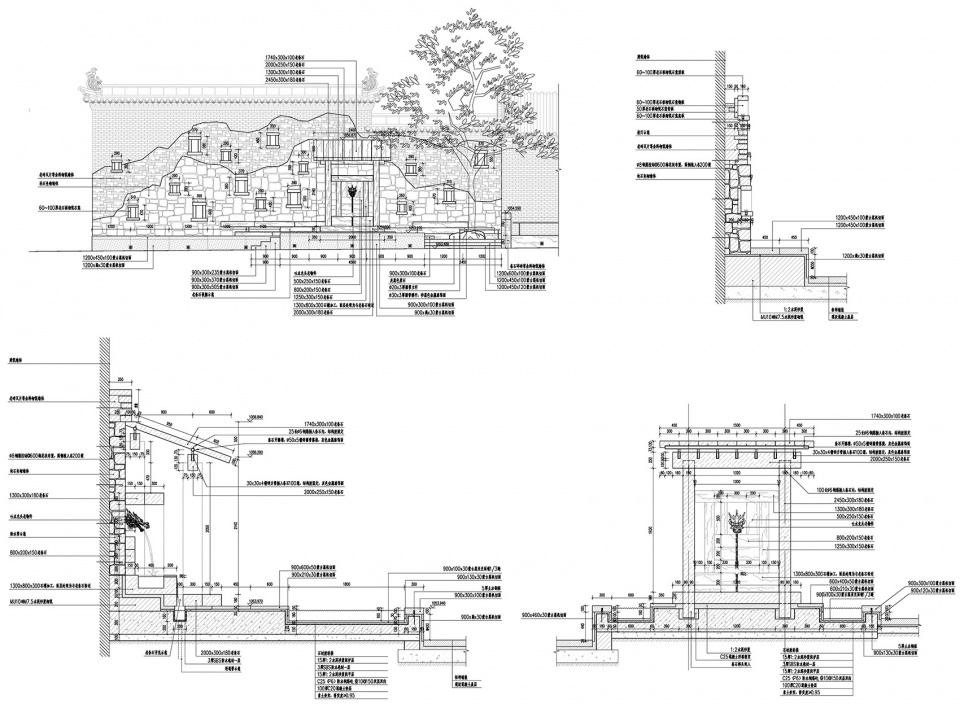
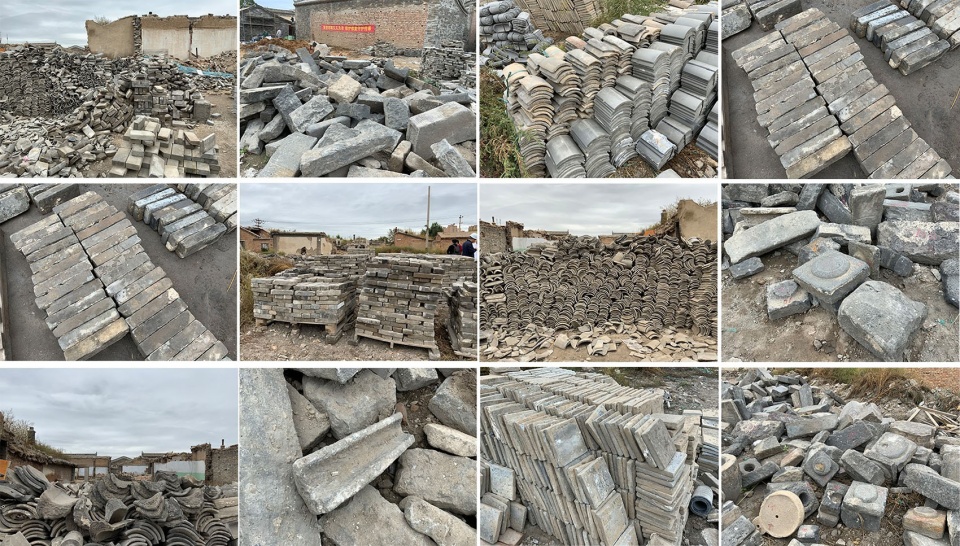
Public spaces are especially valuable and serve as important venues for community gatherings and leisure activities. By injecting contemporary artistic vitality while maintaining spatial flexibility, leaving room for activities to naturally emerge, the design aimed to foster continuous growth. A creative move was made by introducing 111 large trees throughout the district, not only adding green natural elements to the ancient streets but also enhancing the comfort and leisure of the space. The project also repurposed many old materials that were removed from the district, including cobblestones, blue bricks, roof tiles, and stone troughs. These materials were creatively reused, such as utilizing idle drainage outlets to create dynamic water features and reconstructing ancient wells with cobblestones, blending stones and tiles to form platform walls. Both reused and new materials were thoughtfully incorporated, such as local stones, washed stones, steel, and glass bricks, which were innovatively combined with the historical fabric of the city. The emergence of new elements required adjustments on the foundation of the old, respecting the history of the ancient city while integrating with modern life.
项目地址:山西大同
项目类型:景观设计
业主名称:华夏江鸿(大同)文化旅游开发有限公司
设计方:象界设计机构
建筑设计:重庆联创建筑规划设计有限公司
施工单位:泸州洪茂工程项目管理有限公司
设计时间:2021年
建成时间:2023年7月
项目规模:2.2公顷
More:象界设计机构
扫描二维码分享到微信